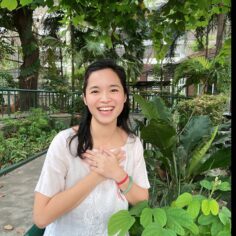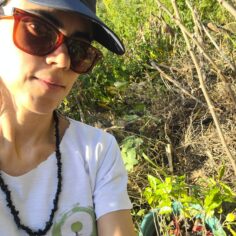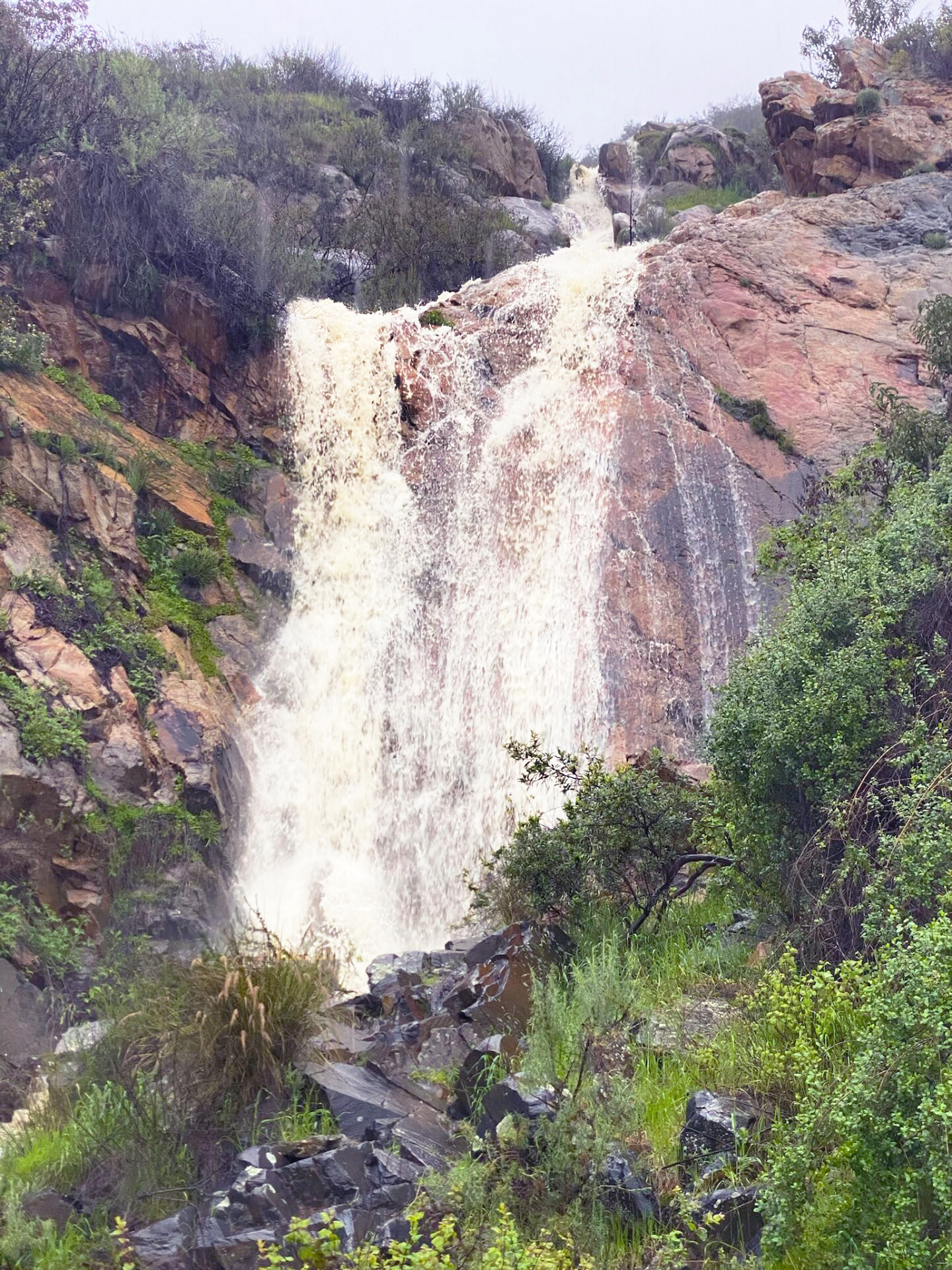Reflections from Earth Holder Community Dharma sisters from the Global South
By Chaya Ocampo Go, Maíra Fernandes de Melo on
As per The Global Witness Reports, the Philippines and Brazil have notoriously been ranked among the top countries in the world that are deadliest for environmental defenders. Marginalized communities and Indigenous bodies are too often at the front lines of eco-social activism and bear the brunt of daily disasters of poverty,
Reflections from Earth Holder Community Dharma sisters from the Global South
By Chaya Ocampo Go, Maíra Fernandes de Melo on
As per The Global Witness Reports, the Philippines and Brazil have notoriously been ranked among the top countries in the world that are deadliest for environmental defenders. Marginalized communities and Indigenous bodies are too often at the front lines of eco-social activism and bear the brunt of daily disasters of poverty, armed conflict, and state terror, including climate change. As Dharma sisters practicing mindfulness in the Plum Village tradition, we offer our reflections on Engaged Buddhism in Earth work.
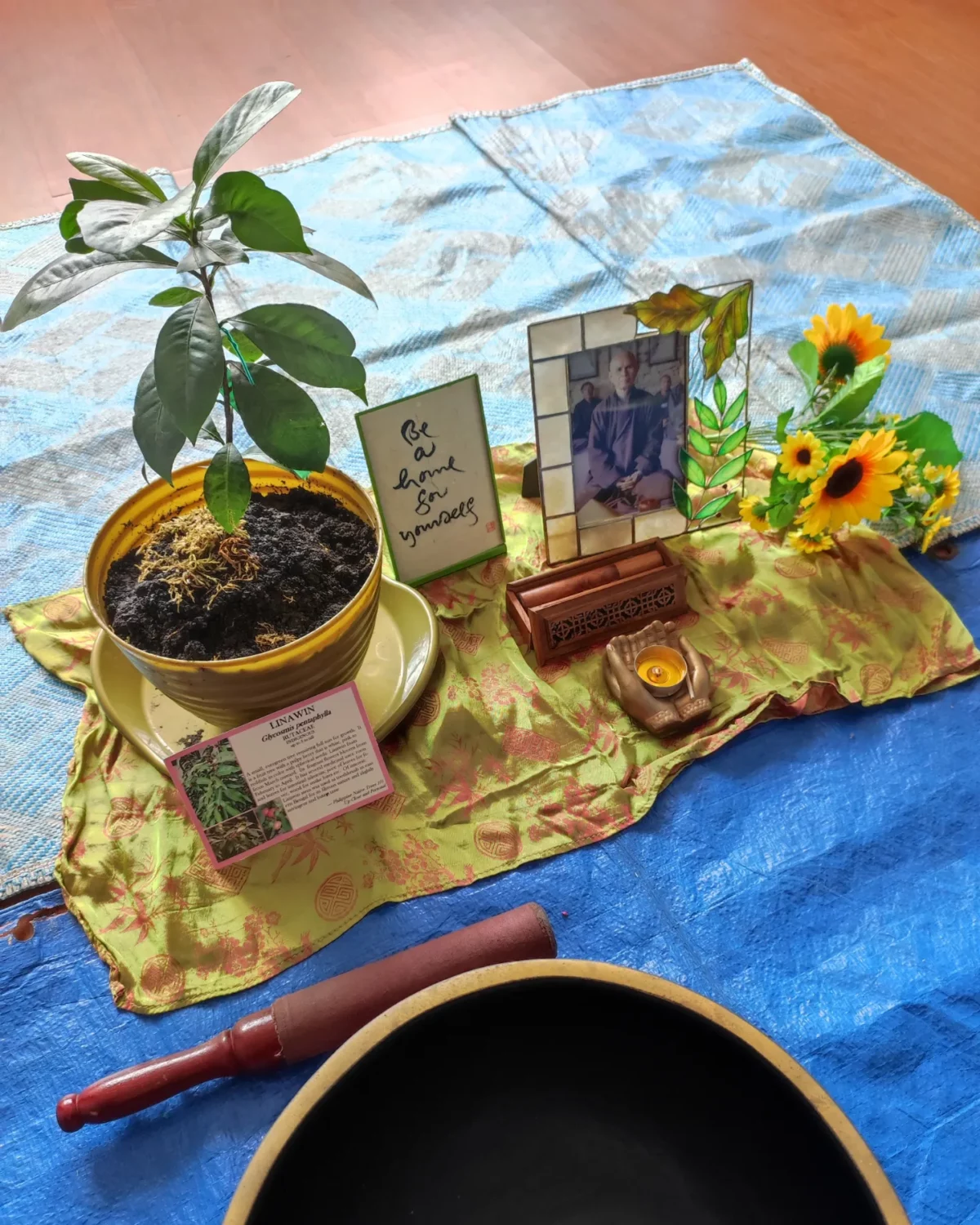
What is “Earth justice”?
Chaya:
The term “Earth justice” for me names an awareness that ecological harm and climate change impact places and peoples in different ways. On one hand, as we all now live in a time of accelerating globalization, we can easily cultivate a kind of universal planetary consciousness; on the other hand, if one pays close attention to particular contexts and their local material realities, we see bodies and places unevenly impacted by harm. Social identities constructed by gender, class, race, and age interplay with political, economic, and social conditions. Stark differences are revealed in the historical dimension, though we may ultimately share the planet as a common home.
As a Filipina who has lived for many years as a migrant on stolen Indigenous lands in Canada, I have allowed our mindfulness practices to deepen my understanding of colonial violence—not as historical facts to intellectually know about, but as a truth to be embodied and contended with. For instance, when walking mindfully on the concrete pavement in downtown Toronto, my feet directly touch Indigenous burial grounds that have been desecrated by urbanization. I touch the colonial present we all live in.
Maíra:
I sometimes like to think about justice in terms of balance. The image of an European woman holding scales often seems more peaceful than the one of a Nigerian man holding axes, sending sparks of fire through rocky mountains. But maybe the Greek Themis is so peaceful only because she’s blindfolded, her eyes not seeing the global inequalities that Xangô, the Orixá of Justice in Brazilian Afrodiasporic religions, is able to see. Earth justice, for me, embodies this awareness. It unveils a few truths behind the climate crisis.
Our current situation has manifested not only due to our societal addiction to fossil fuels. Oil and coal are more than just a “cause”; they are the dispositive of a way of living, thinking, and feeling. This way of relating to each other knows nothing but taking from one place/people/continent to satisfy other places/peoples/continents. As Thầy taught us, “This is because that is.” Reparation is not just a matter of returning museum diamonds back to Africa—but if you are in a position to do so, please do—it’s understanding the social, economic, and political contexts that produced those historical inequalities. Earth justice is not only a matter of fair energy transition. One might change a gasoline car to an electric vehicle—and if you have the means, please do it! But the minerals used in batteries and engineering come from deforestation and mining in my country, from another nation in the Global South, or from the Indigenous lands of my grandparents (which are still home to many beings, very brave and beautiful people, and—at high cost—the world’s leading biodiversity). The systemic change needed is not at the level of tools, changing oil for sunlight, but at a deeper level. Could we simply not use private cars in our daily lives? Could we be organized enough to pledge better public transportation? Could we think of a different way of building our communities and utilizing space? These are only some examples.
I would love to do an experiment, to write the expression “Earth justice” in these terms: “Aware of the suffering caused by centuries of colonialism and imperialism in very diverse, subtle, and direct forms, I am committed to change my lifestyle. I’m determined to give up _______. I’ll practice deeply to be creative when imagining the changes to make.” Now, take three deep breaths and ask yourself: How would you fill in the blank?
What is “Earth holding”?
Chaya:
One of Thầy’s books is entitled The World We Have. Thầy said that, if given the chance to change the title, he would call it The World We Are. The world we have today is the world we are. Over the years, I understand that my work for social change and environmental defense is much less about saving an external reality and much more about continuing to fall in love with the Earth. As the Earth holds me, I am holding the Earth. Just as a mother holds her children in an embrace is both tender and powerful, Earth holding is both the softness of comfort and the ferocity of protection. By falling in love, I fall into union—into relationship with the Earth—and we both are held by that embrace.
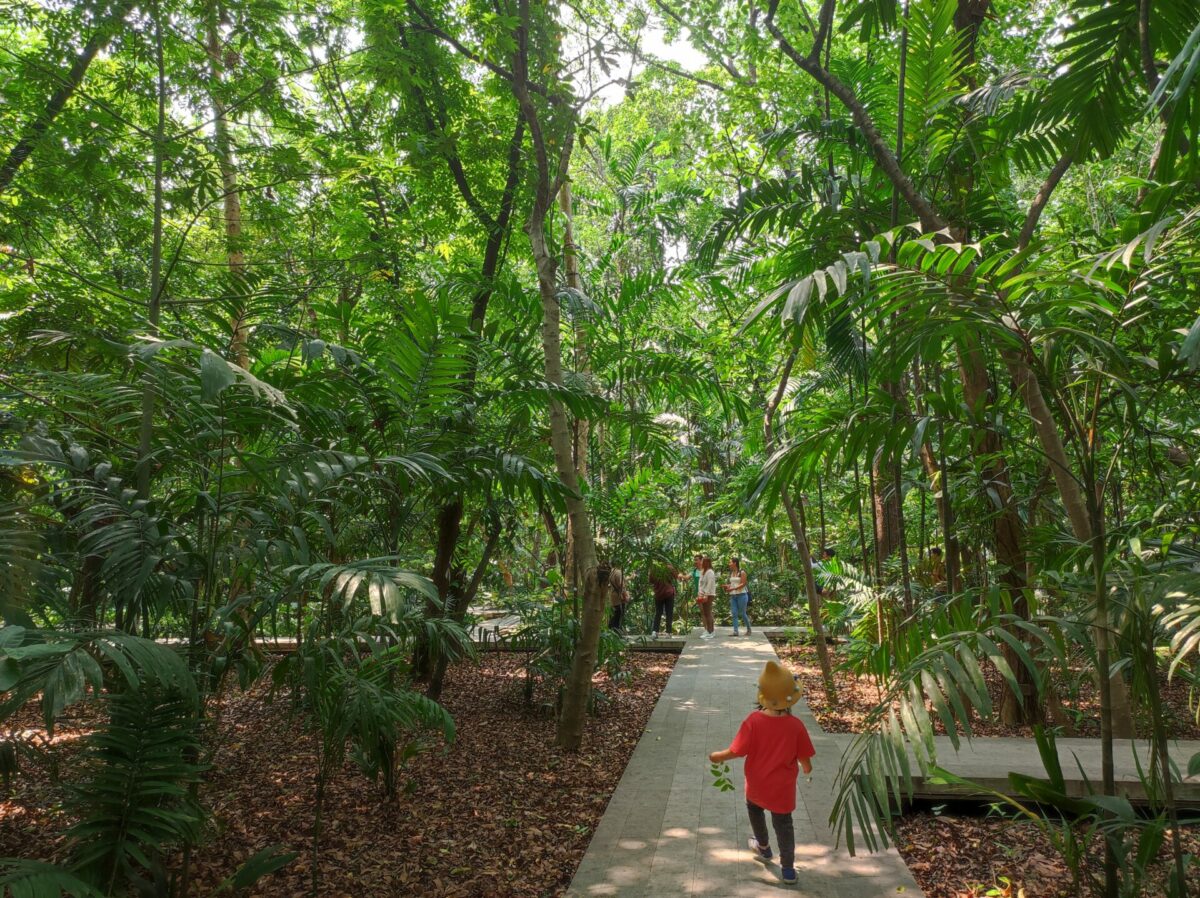
One small way I am cultivating this love since I have returned to Manila with my family is learning about the native trees in our urban ecologies. These species endemic to our lands have been threatened by colonial projects and urbanisation; many of their names have been forgotten by most of us locals, and they will continue to dwindle in numbers without our care and understanding. Remembering our native ecologies is a decolonial practice, a way to restore what has been lost, and a beautiful invitation to become the world that we yearn for.
Maíra:
As someone living in a MAPA territory (Most Affected People and Areas), I’m used to seeing communities struggling during and after environmental tragedies … and I’m also used to seeing how we get out of it. The networks of solidarity created when these big events happen; the amazing skills people develop; the incredible speed of aid, mostly given within the community itself from people who already struggle with poverty and violence; the immense creativity with which people face such huge challenges. My comprehension of Earth holding comes from these moments. Human beings’ cosmic capacity to hold each other, to give a hand, to share resources—deep bonds of love and care are generated by those situations. My goal as an Earth holder is to generate this energy, to help create spaces where this solidarity emerges, but without the tragedies, so that no disaster is needed to activate our special power. I want to see our ability to love and care flourish without any tragic climate event.
Practicing Right Mindfulness, we can see the seeds of greed and fear that have put us in this situation grow not only in the world, but also inside ourselves. Earth holding means more than planting a tree—but if you can find some soil, please sow it! Earth holding is also taking care of those gardens in the depths of our minds.
Since we are talking about justice, the Egyptian Goddess of Truth, Maat, is also sometimes depicted holding a scale that weighs human hearts against feathers on Doomsday. Earth holding for me means working with fierce compassion through the path of lightheartedness. When we practice interbeing with the awareness that “man is not our enemy,” we naturally build trust. With trust, destroying the Earth won’t be necessary anymore. The endless circle of taking will stop spinning!
